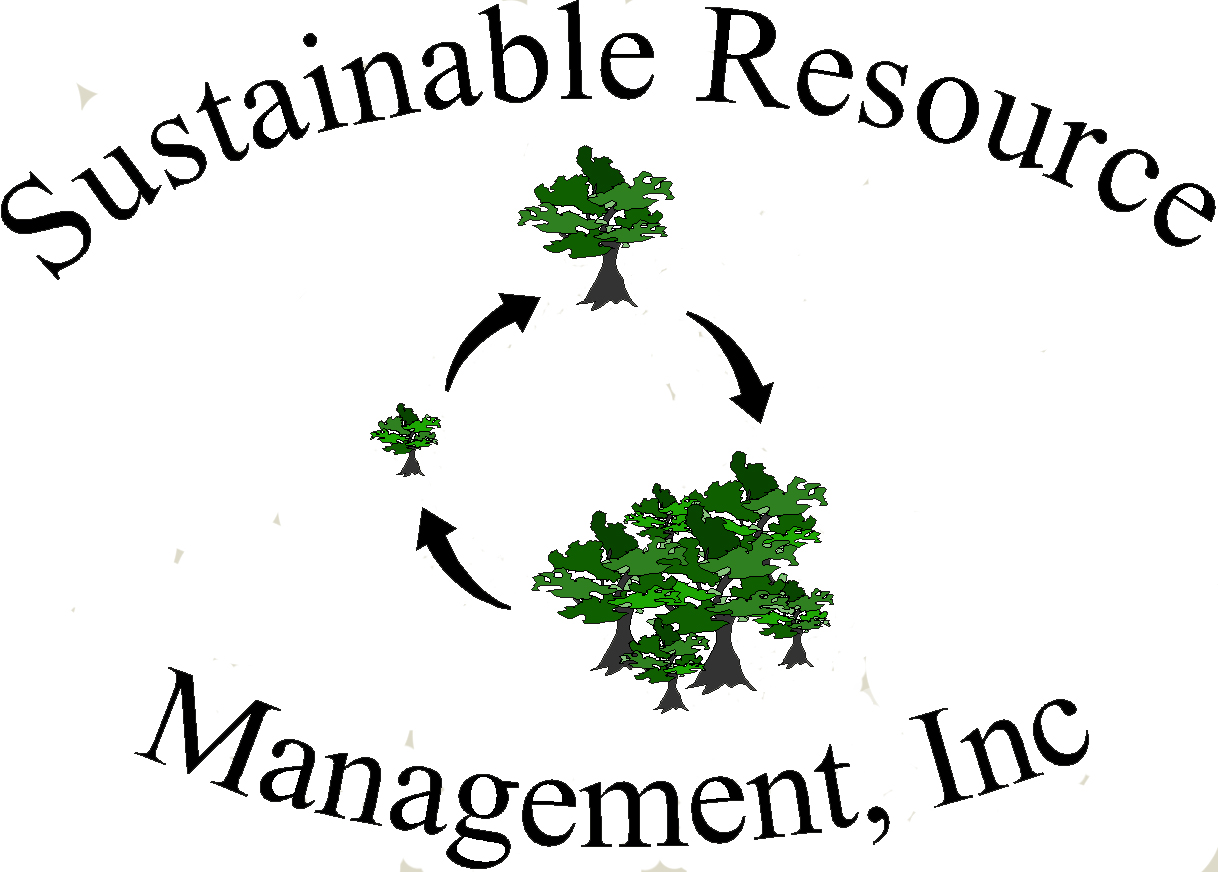What is Sustainability?
Put simply, sustainable resource management is management that meets the resource needs of today without compromising the ability of future generations to meet their needs. Sustainability is more than an ideal, it is a way of living.
When it comes to forest lands, it would seem that nature could just take care of itself. After all, it has for millions of years. Yet today, the majority of our forests are out of balance as a result of at least 200 years of human influence. In many cases, the forests need our continued and committed partnership in order for nature to return to balance in a sustainable time frame. Active sustainable management allows landowners to maintain and often increase the health, vitality, and diversity of the forest, reversing the damage of previous unsustainable interactions.
Nature In Balance
Forests are dynamic systems. They grow and change with time. As forests move from young, fast-growing stands to climax forests, they decrease in diversity. That is to say there are fewer species of plants and animals present. Natures way of regenerating forests is by natural disasters like fire, wind, and insects. By these means the canopy is opened up, allowing sunlight and water to reach the forest floor. As diversity blooms at the ground level, a new cycle of life begins.
Human population growth has altered natures systems for maintaining long-term balance by reducing the impact of natural disasters. Through such interventions as...
fragmenting the forest into smaller and smaller pieces
harvesting timber for immediate profits, taking the best trees, leaving a genetically inferior stand
"importing" invasive plant and animal species
suppressing natural wildfires leading to larger more destructive ones
spraying for insects
creating conditions for out-of-balance wildlife
...we have interrupted the natural cycle that allows nature to take care of itself.
How Can We Help?
Now that land is owned by humans, the recognition of land stewardship is essential. The first task in restoring balance in as timely a manner as possible is stewardship planning. We must ask ourselves where we want to be in five years, fifty years, and five hundred years. Then, in order to create a sustainable forest for the future, stewardship planning must further consider:
the Nature of Each Unique Property
the Interests and Objectives of Landowners
Short-term Needs Balanced with Long-term Goals
Invasive Species Control
Biodiversity
Water Quality Protection
Trail and Road Layout
Reforestation Needs
Wildlife Management
and more...
Sustainable forestry depends on the interests and objectives of the forest land owner coupled with the skills and knowledge of resource management professionals. Brian Knox brings more than 35 years of forestry experience, a passion for sustainability, and a spirit of partnership to each unique property he works with.


